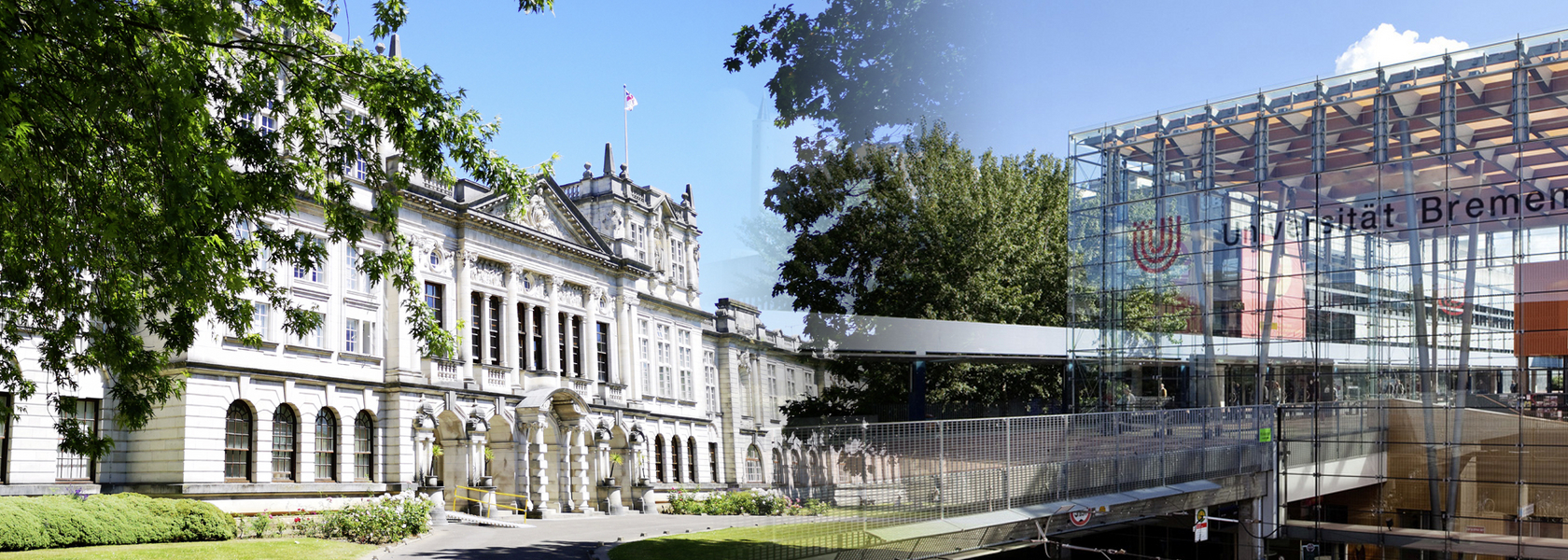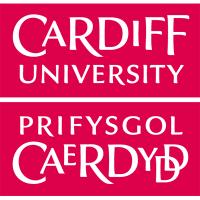Inorganic Chemistry MPhil
Research groups within the Inorganic Chemistry section formulate, and subsequently develop the applications of, coordination complexes containing main group and transition metals. The metals and types of ligand are numerous, and hence the applications are diverse. Research in Inorganic Chemistry therefore often lies at the interface with other scientific disciplines, including other chemistry sub-disciplines, physics, materials chemistry, and medical research.
The design of new ligands is central to the research carried out in all areas of Inorganic Chemistry. Ligands currently being developed include novel phosphines, particularly the important phosphine macrocycles and combined phosphine-carbene macrocycles, unique N-heterocyclic carbenes and related species, and the development of chiral ligands for use in asymmetric catalysis. This research is predominantly synthetic in nature involving multi-step organic and inorganic syntheses.
Groups are investigating new systems based upon novel ligands and/or functionalised coordination complexes for the development of chemosensors. Measurable responses are dictated by the nature of the probe and can therefore be monitored via modulated optical, luminescent, electrochemical or longitudinal proton relaxivity behaviour, depending on the targeted application.
Fundamental studies model and develop catalysts and catalytic reactions. The research involves experimental aspects, in which model catalyst systems are synthesised and studied spectroscopically; this work is often supported by computational studies in a synergistic combination of theory and experiment. The research involves close collaboration with colleagues in other research groups within the department.
Groups within the Inorganic research at Cardiff are interested in the application of metal complexes in biomedical imaging, ranging from radioimaging applications of complexes of radionuclides such as PET and SPECT, applications of paramagnetic species as MRI contrast agents to optical techniques and in particular fluorescence microscopy with transition metal complexes. Notable outputs from the groups include the developments of the 99mTc based heart imaging agent MyoviewTM and the development of the first rhenium bipyridyl cell imaging agents.
The detailed spectroscopic characterization of ligands and coordination complexes underpins all of the research undertaken within the Inorganic Chemistry group. In addition to the use of multinuclear NMR, IR and UV-vis. spectroscopies a range of more specialized advanced techniques are employed on a routine basis. For example, time-resolved luminescence measurements employing UV-vis-NIR detectors are employed to probe the excited states of a variety of d- and f-metal ion complexes, as well as novel organic chromophores. Such measurements are key to the exploitation of such complexes in applications such as sensors, confocal microscope cellular imaging and the design of new materials for photovoltaic devices.
Recent work has also focused on the design and synthesis of new prototypical complexes for use in magnetic resonance imaging (MRI). Field-cycling relaxometry is a key spectroscopic tool, providing 1H nuclear magnetic resonance dispersion plots, from which key parameters describing the physical properties of the complexes can be obtained. Recent work has investigated the relaxivity properties of highly paramagnetic gadolinium species, including the modulation of relaxivity through binding events with biomolecules such as DNA.
Work towards increasing the efficiency of photovoltaic devices is also being undertaken within the Inorganic Chemistry section. In particular, new light-harvesting molecules based upon transition metal complexes are being investigated, as well as novel hybrid materials based upon functionalized polymeric thiophene compounds. The work involves a comprehensive assessment of the electronic, photophysical and redox properties of the species in question and an assessment of the materials within prototype photovoltaic devices.
Intakes
- Sep
Application Processing Time in Days: 30
Minimum English Language Requirements
| English Level Description | IELTS (1.0 -9.0) | TOEFL IBT (0-120) | TOEFL CBT (0-300) | PTE (10-90) | |
|---|---|---|---|---|---|
| Expert | 9 | 120 | 297-300 | 86-90 | |
| Very Good | 8.5 | 115-119 | 280-293 | 83-86 | |
| Very Good | 8 | 110-114 | 270-280 | 79-83 | |
| Good | 7.5 | 102-109 | 253-267 | 73-79 | |
| Good | 7 | 94-101 | 240-253 | 65-73 | |
| Competent | 6.5 | 79-93 | 213-233 | 58-65 | |
| Competent | 6 | 60-78 | 170-210 | 50-58 | |
| Modest | 5.5 | 46-59 | 133-210 | 43-50 | |
| Modest | 5 | 35-45 | 107-133 | 36-43 | |
| Limited | 4 | 32-34 | 97-103 | 30-36 | |
| Extremely Limited | < 4 | < 31 | < 93 | < 30 |
Job Opportunity Potential
Our courses prepare you for a professional career in a wide range of industries, business and the financial sector, or further study.
Engineers are in high demand, and thanks to our wide range of degree programmes, our graduates’ prospects are among the best in the UK.
On average,
over 95%
of our graduates are
in employment or further study
six months after graduating.
Our graduates go on to work in a range of areas, including industry, the public sector, the financial sector or academia. Some graduate destinations include:
Supplementing your studies
We offer students the option of taking a Year in Industry after their second year of study, which is spent in a professional workplace gaining hands-on experience. This experience can simultaneously improve students’ confidence and employment prospects.
Our MEng (Hons) programmes also have the option of a Year in Europe, which is a year spent at an institution in France, Germany or Spain, after the third year of study. This is a chance not only for students to broaden their personal horizons, but also to develop further academic skills.
Links with industry
Students who are not on the Year in Industry scheme still benefit from industrial input in modules across all engineering disciplines. School-wide project modules are supported by industrial collaboration with a number of companies, including Flintec, Ove Arup and Partners International, Atkins, GL Garrard Hassan, BAE Systems, EADS, and Babcock Marine.
In the waste management, recycling, and energy fields there is significant input from research contracts with companies such as Rolls Royce, EoN, Tata Steel, and Stork Technical Services. Inputs are also received from companies such as Tidal Energy Ltd (TEL), Marine Current Turbines (part of Siemens), Bosch, ANSYS and Mabey Bridge.
In environmental and water engineering, presentations are given by industrially sponsored lecturers from CH2MHILL and Lusas. Direct industrial input also comes from companies including Newport Galvanisers (a subsidiary of Wedge Galvanisers), GBCard and Partners, Jacobs Engineering, Capita Symonds, and Mott-MacDonald.
Extra-curricular opportunities
In today's competitive graduate job market, we recognise that students are always looking for ways to make them stand out to prospective employers. Each year, our students have the opportunity to get involved with some really exciting projects.
Aside from this, there are many extra-curricular opportunities, both social and serious, organised through the School, the University or the Students’ Union.
PSW Opportunity
- 2 Years PSW
Admission Requirement / Eligibility Criteria
Postgraduate taught courses
You will need successful completion of a relevant bachelor's degree from a recognised institution, with grades of approximately 55%-60% to qualify for our postgraduate courses.
Postgraduate research courses
If you are applying for research courses from India, you will be required to provide evidence that you have already carried out research, usually via the successful completion of a relevant master's degree.
You will need successful completion of a relevant bachelor's degree from a recognised institution, with a grade of approximately 55% - 60%. Some Schools will also require the successful completion of a relevant master's programme from a recognised institution.
Qualification accepted
Equivalent to IELTS 6.5
(with a minimum of 5.5 in each subskill)
Equivalent to IELTS 7.0 overall (with a minimum of 6.0 in each subskill)
Equivalent to IELTS 7.5 overall (with a minimum of 7.5 in each subskill)
IELTS (Academic) test from a recognised IELTS test centre
At least 6.5 overall with a minimum of 5.5 in each subskill
At least 7.0 overall with at least 6.0 in each subskill
At least 7.5 overall with at least 7.5 in each subskill
PTE Academic (Pearson Test of English Academic)
At least 62 overall with a minimum of 51 in all communicative skills
At least 70 overall with no less than 54 in all communicative skills
At least 78 overall with no less than 78 in all communicative skills
TOEFL iBT including Home Edition
At least 90 overall with minimum scores of 17 for writing, 17 for listening, 18 for reading, and 20 for speaking
At least 100 overall with a minimum of 20 in each subskill
At least 109 overall with a minimum of 26 in speaking and 24 in all other subskills
- Course Type: Full Time
- Course Level: Masters/PG Degree
- Duration: 01 Year
-
Total Tuition Fee:
21950 GBP
Annual Cost of Living: 9207 GBP
Application Fee: N/A
Similar Programs
- Visual Computing MPhil at Cardiff University
- Vision Sciences MPhil at Cardiff University
- Theoretical and Computational Chemistry MPhil at Cardiff University
- Solid State Materials MPhil at Cardiff University
- Social computing MPhil at Cardiff University
- Quantum technologies and engineering MPhil at Cardiff University

